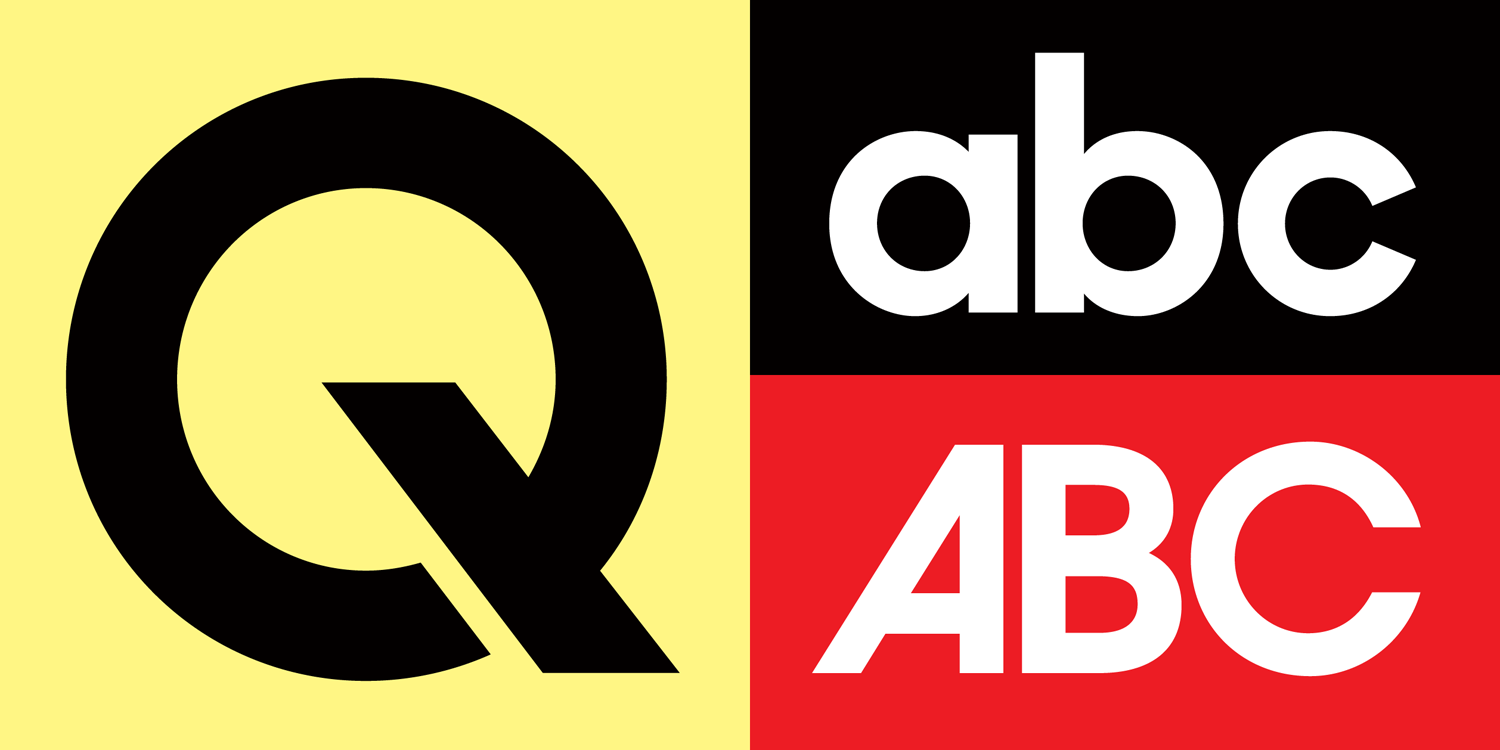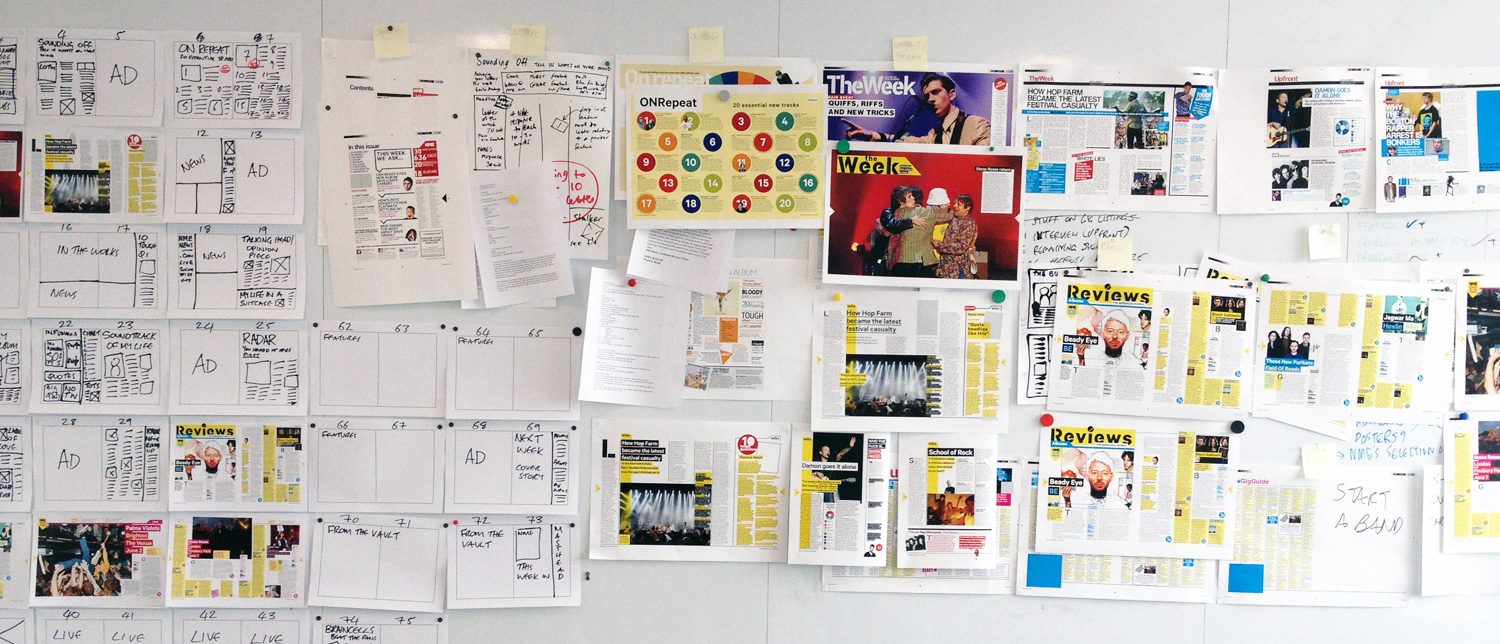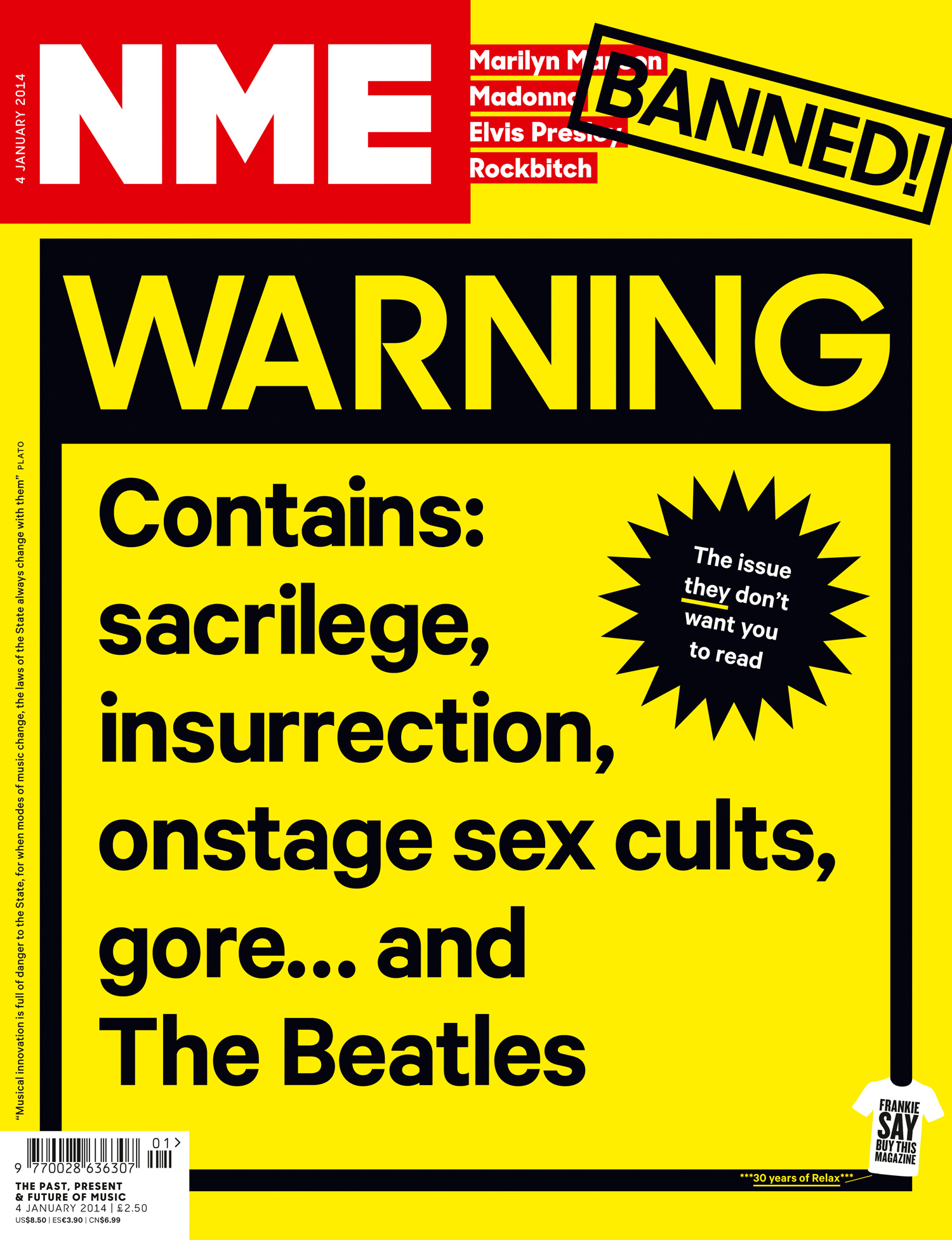Print + Soul
The Design of NME
October 2013 – August 2015
Part One
The young Mark Neil’s inky fingertips would religiously smudge through the week’s NME. Back then, I never imagined I’d be given the opportunity to work there. It meant the world, it still does.
When I arrived, NME was due to go into development and editor Mike Williams was itching to get started on his vision. The thing that initially stood out from our early conversations was this idea of NME being definitive – the definitive guide to the past, present and future of music. All I was thinking at this point was...
“Where’s the archive cupboard?”
Readers were generally unconvinced by the NME in its current form. We needed to challenge all regular content, give them more new music, more reviews, more detail, more energy and personality to the design. We also needed to make sure heritage content would work for the core younger audience of 15–34 year olds as well as long time faithfuls.
Our development team was locked away in a small room and we started to right lots of words on a big white board to accurately pin-point what NME is…
We talked fondly of the NME’s past and classic covers. I couldn’t stop thinking about this...
My favourite time in NME’s design history – when Barney Bubbles redesigned NME in 1978 under editor Neil Spencer.
To coincide with this redesign, NME published The Book of Modern Music, also designed by Bubbles. This was released as an eight week series of pullout spreads from the paper that would fold down and eventually form the 64 page book.
This fearless attitude to the print of NME seemed really heroic for consumer newsprint at the time.
It wasn’t until the December 2 issue that Bubbles’ now iconic stencil logo was revealed.
© Estate of Barney Bubbles / Time Inc (UK) Ltd
Paul Gorman offers more information on Barney Bubbles’ work for NME here and in his incredible book Reasons to be Cheerful: The Life and Work of Barney Bubbles (2008/2010) Must reads! paulgormanis.com
In my opinion, Bubbles’ work in 1978 visually marked the birth of NME’s agenda setting and relevance that has defined the brand through the years.
But when I looked at NME design from recent years, well, I was thinking...
“Where’s the soul?”
Where’s the heart? And how could I put that art back into its heart?
Here was an opportunity to see how far we could take a more expressive, graphic look for the newsstand NME. One where graphic design is more considered and issues feel independent, valuable and collectible.
It was also an opportunity to unify the design of the brand with one identity.
Like a great band logo, t-shirt or record cover, the NME could connect in the same way. It’s very personal to many and its audience should feel like they belong to the club. It was vital we brought back more substance and attitude, we had relevance and we had a visual language… but it was also vital we didn’t focus solely on the magazine.
A new design philosophy could play out across the brand.
The design team would then work more like a studio for NME and not just a typical art desk for a typical consumer title.
Well aware of how much the landscape had changed for the music press, we had to keep moving forward and develop the brand. Giving NME different fonts from the IPC hard-drive and calling it a ‘redesign’ was never the plan.
A (new) New Musical Express
Ingredients and method
A definitive identity
The logo would be the heart of the club. A one colour, definitive badge.
Artists would become part of this club, highlighted in the same way.
Geometric type
Sharps Sans by Lucas Sharp was the display font for the identity. A modern geometric sans serif that originally celebrated Herb Lubalin’s work on Avant Garde magazine. It looks to the past with its character and, for me, would tip its hat to past graphic design in music – from press adverts to posters to record sleeves.
Geometric graphic design naturally started to inform the look.
“You want to make it SMALLER?...!”
A new format
NME had an uncomfortable width like it was grasping onto its newspaper days. It had to keep moving forward and adapt to the times.
At the time, the format was also influencing an unnecessary amount of repetitive images. The change in format would allow us to control the content more.
It would feel more like the weekly magazine it actually was, sit better on the newsstand and work well on tablet. Later, readers welcomed the new format rating it high amongst the design changes
Physical function
The format was also a strange solution to our expanding flatplan. We were packing more in, giving more definitive guide for the cover price. Every section was bigger so we wanted it to feel personal and expressive. Like a mixtape or notebook bursting with views and ideas but with a distinct, easy to follow relationship between different areas of content.
A design philosophy
It became clear what kind of visual language would shape this design. A cut and paste fanzine but obviously one that could be produced effectively in a modern, weekly publication.
Highlights and underlines started to feel like good techniques to build the definitive identity.
Page design by Dani Liquieri
A stencil of Sharp Sans was created for section titles and format titles.
Big colour
A bright and bold CMYK palette. The body of the book at the time was still printed on newsprint. I wanted to see how far we could go with graphic colour much like Bubbles did in 1978.
Ordered chaos
The cut and paste concept was built on a grid of 15 columns. With this in place, designers could be more playful with the layout.
A graphic artist
Jimmy Turrell was our regular artist for album reviews. A fearless attitude to print making, Jimmy’s work would nod to the print treatments in the Book of Modern Music from 1978 but provide a new take on the lead album’s artwork every week.
Illustration by Jimmy Turrell
New attitude
The NME had lost some visual character over the years. There was a certain witty attitude that talked to the reader. We wanted to salute that but create a new voice for the new identity.
The deliberate “***” expressions would enforce this attitude in a playful way.
The same spirit applied to imagery. We tried to create more ‘events’ with photography.
Photography by Dean Chalkley
Photo by Shamil Tanna / Design by Tony Ennis
Imagery should set the scene, tell the story more and relate to the spirit and passion of the music.
For example, if you’re going to shoot Interpol in Las Vegas you’re going to drive to the desert and make it look like a film…
Photo by Pieter M. van Hattem / Design by Tony Ennis
Photo by Matt Miller / Design by Tony Ennis
The new identity provided the designers with the tools to express more personality to the book. There was no need to constantly reinvent the wheel every week and over-design the pages with different type families and textures.
The typographic identity gave unity to the NME’s design, even when original shoots weren’t possible.
Design by Tony Ennis
The modern fanzine philosophy allowed us to pack the pages with content without it feeling uncomfortable.
Design by Dani Liquieri
Different covers
NME has a rich heritage of iconic music photography, especially on the cover. There was no need to change any of that but we did want to be different. David Bowie supplying the art for our reinvention was the perfect scenario.
Photo by Jimmy King / Art direction by David Bowie
We could also have fun with the new character of NME and create graphic designs rather than the celebrity led covers of typical consumer titles.
This was different cover thinking for the NME. From type-based to photographic to cut and paste punk visuals, I wanted the NME cover to feel more independent, be visually exciting again.
We were celebrating the ink and the print, being more expressive. Maybe the average punter couldn’t care less about all this but, in my opinion, it wouldn’t be the NME if we weren't trying to mess things up a bit.
The design was the last NME design for the newsstand.
Go to part two
Team / Mark Neil – Art Director
Tony Ennis – Deputy Art Director
Dani Liquieri – Designer
Jon Moore – Digital Designer
—
Mike Williams – Editor
—
Awards / Designer of the Year (Consumer) PPA Awards 2014
—
Typefaces / Sharp Sans by Lucas Sharp, Sharp Type Co.
Calibre and Tiempos Text by Kris Sowersby, Klim Type Foundry
—
With thanks to Simon Warren, Simon Freeborough and Dan Biddulph for design help during redesign
—
NME images © Time Inc (UK) Ltd
































